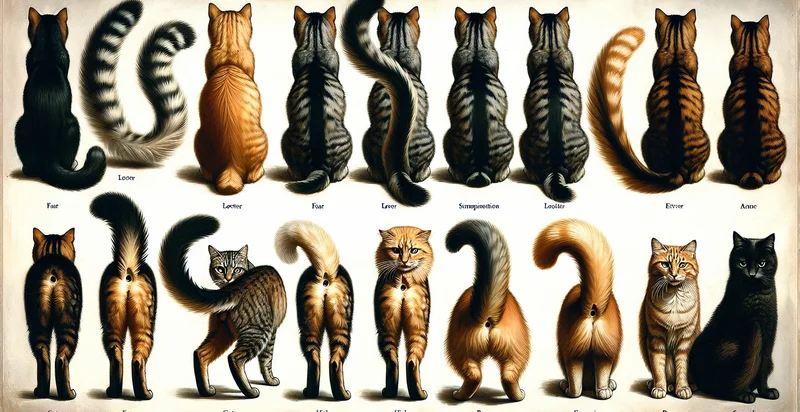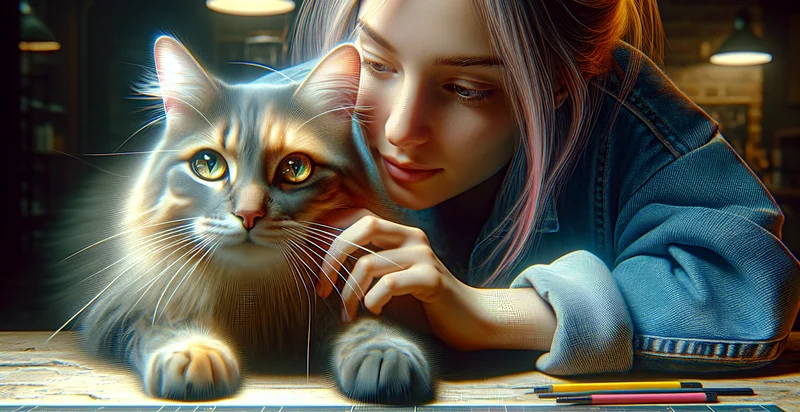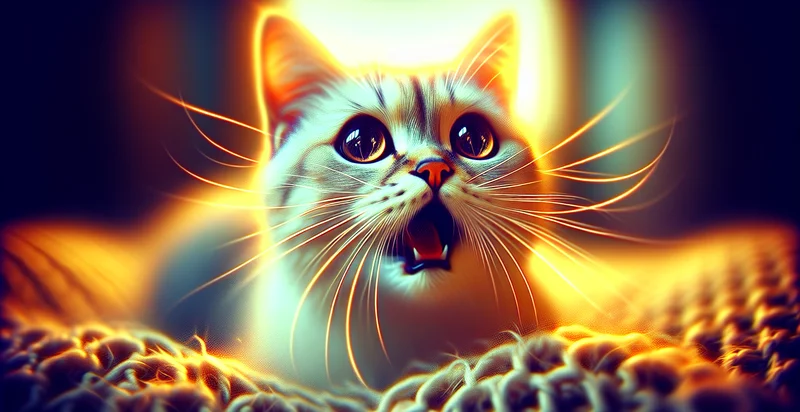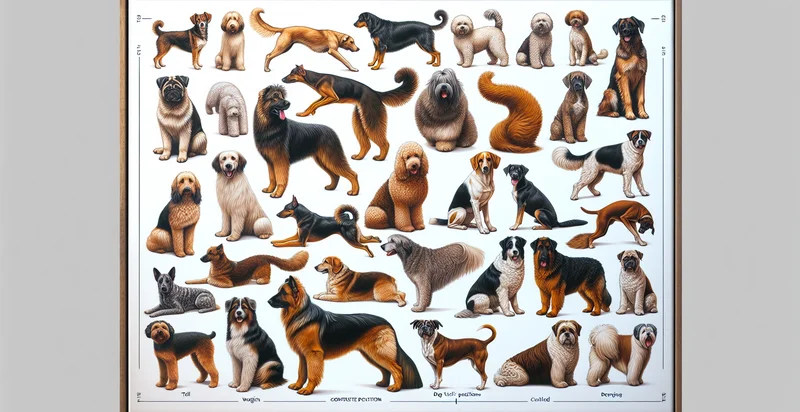Identify cat tail position
using AI
Below is a free classifier to identify cat tail position. Just upload your image, and our AI will predict the position of a cat's tail - in just seconds.

Contact us for API access
Or, use Nyckel to build highly-accurate custom classifiers in just minutes. No PhD required.
Get started
import nyckel
credentials = nyckel.Credentials("YOUR_CLIENT_ID", "YOUR_CLIENT_SECRET")
nyckel.invoke("cat-tail-position", "your_image_url", credentials)
fetch('https://www.nyckel.com/v1/functions/cat-tail-position/invoke', {
method: 'POST',
headers: {
'Authorization': 'Bearer ' + 'YOUR_BEARER_TOKEN',
'Content-Type': 'application/json',
},
body: JSON.stringify(
{"data": "your_image_url"}
)
})
.then(response => response.json())
.then(data => console.log(data));
curl -X POST \
-H "Content-Type: application/json" \
-H "Authorization: Bearer YOUR_BEARER_TOKEN" \
-d '{"data": "your_image_url"}' \
https://www.nyckel.com/v1/functions/cat-tail-position/invoke
How this classifier works
To start, upload your image. Our AI tool will then predict the position of a cat's tail.
This pretrained image model uses a Nyckel-created dataset and has 10 labels, including Curled, Down, Flagging, High, Low, Sideways, Straight, Swishing, Tucked and Up.
We'll also show a confidence score (the higher the number, the more confident the AI model is around the position of a cat's tail).
Whether you're just curious or building cat tail position detection into your application, we hope our classifier proves helpful.
Related Classifiers
Need to identify cat tail position at scale?
Get API or Zapier access to this classifier for free. It's perfect for:
- Pet Behavior Analysis: This use case involves analyzing the tail position of cats in various environments to better understand their emotional states and behavior. By classifying tail positions, pet owners and veterinarians can gain insights into anxiety, aggression, or contentment, leading to improved care and management of feline companions.
- Veterinary Training Tools: Veterinary schools can use the tail position classification function as a teaching aid. By providing students with a database of tail position images, they can learn to identify specific behaviors and emotional cues in cats, enhancing their diagnostic and communication skills with pet owners.
- Smart Pet Cameras: Pet tech companies can integrate the tail position identifier into smart cameras designed for monitoring pets at home. This feature would alert pet owners to potential stress or distress in their cats, enabling timely interventions and improving pet welfare.
- Interactive Pet Apps: Mobile applications aimed at cat owners could utilize the tail position identifier to create interactive features. Users could upload images of their cats, and the app would analyze the tail position to deliver insights or tips on how to improve their pet's happiness based on the identified behavior.
- Animal Shelter Assessments: Animal shelters can leverage the tail position classification to assess the emotional health of cats in their care. Understanding tail positions can help staff identify cats that may be stressed or anxious, allowing for appropriate interventions to improve their chances of adoption.
- Behavioral Research: Researchers in animal behavior can use the tail position identifier to conduct studies on feline emotions and social interactions. The data collected could help in understanding how environmental changes or social structures impact a cat's emotional well-being.
- Marketing and Targeting: Companies that sell cat products can analyze tail position data to tailor their marketing strategies. By understanding the behaviors associated with different tail positions, they can create targeted campaigns that address specific concerns of cat owners, such as stress relief products or enrichment toys.


